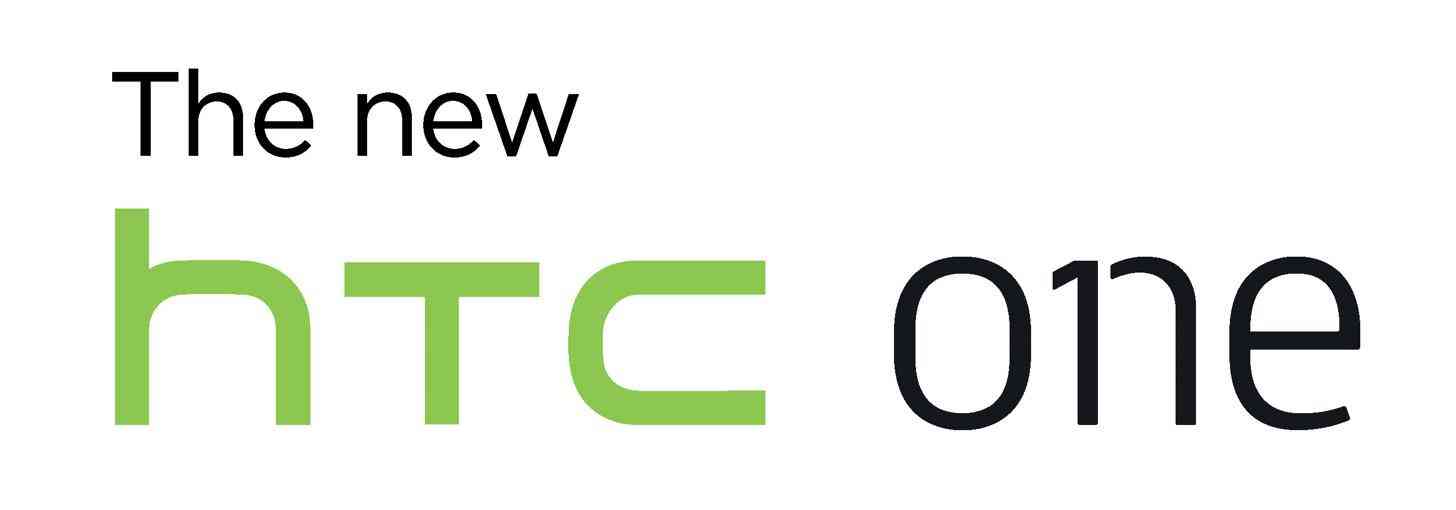
When HTC debuted with the HTC One M7 during Mobile World Congress 2013, they effectively swept the floor with the One’s aluminum unibody design. Its design is standard in smartphones today, but back then it was new and sleek – especially for an Android phone. The specs, on paper, were equally as impressive as its design, and between those two aspects the device earned the award for “Best New Mobile Device” by the GSM Association during MWC that year.
By 2013, HTC wasn’t the revered manufacturer that it had been during the earlier years of smartphone development. HTC once showed great promise by creating iconic devices such as the HD2, T-Mobile Dream (G1), and EVO 4G, but at some point, the company lost its charm by coming out with too many phones, not enough updates, and failing to properly compete with the influx of competition in the smartphone market. By 2013, doomsday predictions for HTC were plentiful and its future looked bleak.
Until the HTC One came along, and then things got better. For a little while.
It was good that HTC primarily focused on its appropriately named One device, but the following years wouldn’t be as kind to HTC as it was that first year. The HTC M8 held up well, but unfortunately carried over the worst feature of the M7: its infamous 4-megapixel “Ultra-Pixel” camera, which was inferior when compared to other flagships on the market. The M9 sought to remedy the issue by including a more impressive 20-megapixel camera and moving its Ultra-Pixel technology to the front-facing camera, but the 20-megapixel camera still had issues at the beginning. These issues were later remedied by software fixes but it was already too little too late by then.
Last year’s reveal of the HTC 10 turned out to be pretty great but easily forgotten due to limited marketing and an unfriendly price tag, which HTC managed to fix later but, again, it was too late. People are quick to move on.
So what can we expect from HTC in 2017? Judging by rumors and leaks, it’s quite possible that we’re looking into another re-branding for the company’s smartphones.
HTC is already set to take the stage for its somewhat mysterious “For U” event on January 12. Leaks suggest that the company plans to unveil two new button-less (and allegedly headphone jack-less) devices called the HTC U Ultra and the HTC U Play, as well as the HTC X10, a reprise of last year’s HTC One X9. The U Ultra and U Play are expected to be flagship status devices, and may even replace the HTC One/10 devices.
However, a recently leaked promo by HTC suggests that an HTC Vive-branded phone could be in the works as well. HTC teased a Moto Maker-esque idea for its smartphones in the future under the notion that users are unique, and their phones should be, too. At the very end of the teaser, we get a good glimpse of a phone with the “HTC Vive” brand on it. While there hasn’t been much info on such a device, it doesn’t sound like a bad idea. I don’t own an HTC Vive and I’m not really invested in the VR scene, but I do know about the HTC Vive. Simple brand recognition can take a product a surprisingly long way, and using the Vive brand name for its smartphones could bring unity to HTC’s products. Consumers know about the Apple iPhone, the Samsung Galaxy, and they even know about the Google Pixel, but HTC has been so inconsistent with its phone names that general consumers no longer have a brand to associate with HTC. I think Vive could be that brand faster than the U brand would be.
Either way, I think HTC could use another re-branding. The One brand started off okay, but the additional M identifiers and then dropping the “M” aspect altogether for the HTC 10 makes things confusing. HTC 11 just doesn't sound good. It’s time for HTC to pick a solid name and stick with it (and then market the hell out of it).